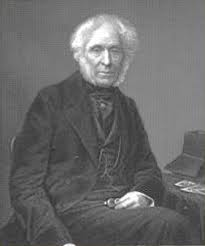Using the film cameras

Film Cameras On Tuesday 26th September, we were told we were going to experiment with film cameras and had to pair up with someone. I paired up with Chloe D. We were told we had 24 slides which meant we took 12 pictures each. Once we had obtained our cameras we were taught how to insert the film into the camera, which was the next step. Once our film was ready in the film camera we were aloud to go out and experiment with the camera and take some photos. On this particular day Freshers Fair was taking place at college, this gave us a great opportunity to experiment with our film cameras. We took a series of images of Freshers Fair, for example candy floss, ice cream van and a live band made great opportunities for us to capture the day. Developing the film: The next step was to develop the film, which is were we went into the dark room and took the film out of the camera. This had to be done in pitch black so the film wouldn't be ruined. If light was exposed to the fil




